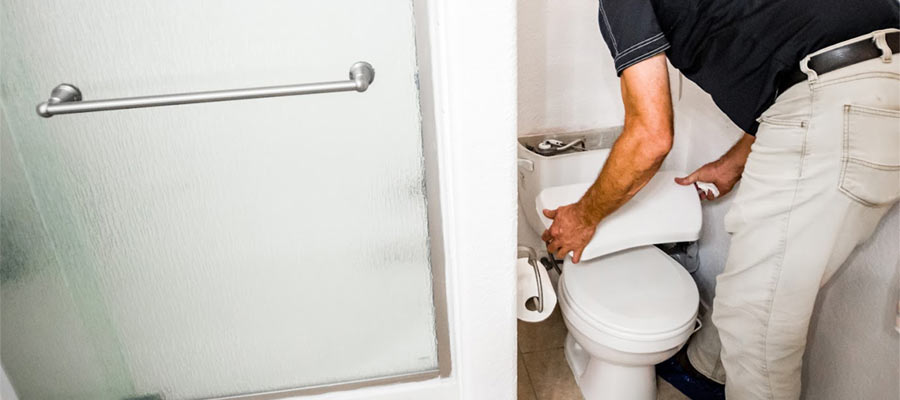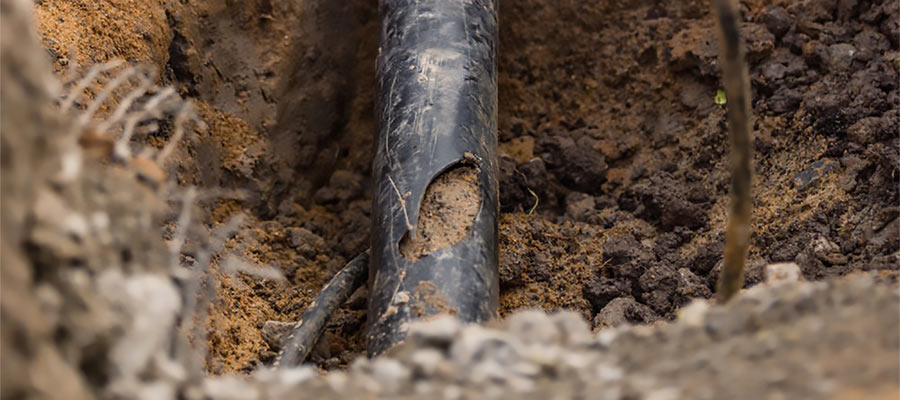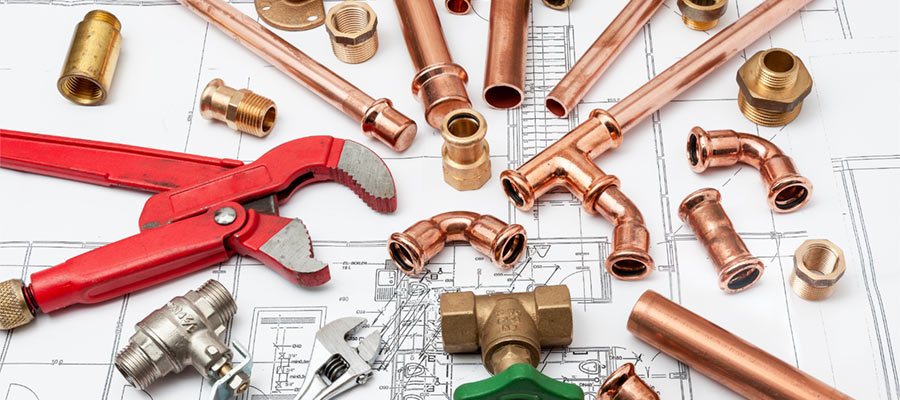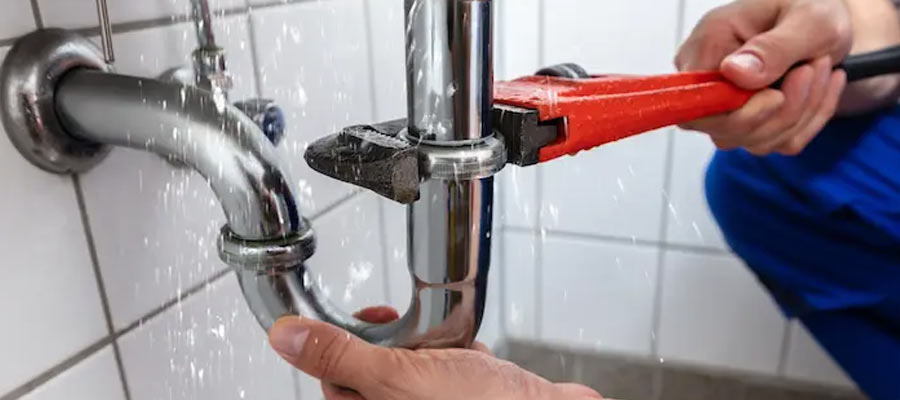Low-flow showerheads are an essential component of water conservation efforts. These innovative fixtures are designed to reduce the amount of water used during showers, thereby significantly decreasing water consumption in households. However, they do require considerable low-flow showerhead repair and maintenance efforts to make sure they function properly.
Low-flow showerheads offer numerous benefits, making them an attractive choice for eco-conscious individuals. Firstly, they help conserve water by limiting the flow rate without compromising on the shower experience. You can enjoy a satisfying shower while using up to 50% less water compared to traditional showerheads. Additionally, they contribute to energy savings by reducing the amount of hot water consumed, resulting in lower water heating costs.
Just like any other plumbing fixture, low-flow showerheads can experience issues over time. Some of the common problems include reduced water pressure, leaks or dripping, clogs, and faulty temperature control. These issues can affect the functionality of the unit, leading to decreased shower quality, higher water bills, and even water damage if left unaddressed.
Regular maintenance is crucial for ensuring the optimal performance and longevity. By maintaining your showerhead, you can prevent potential problems from developing, saving you time, money, and frustration in the long run. It is recommended to establish a routine maintenance schedule and make necessary repairs promptly to avoid more extensive damage.
What is Low-Flow Showerhead Repair
Low-flow showerhead repair involves identifying and resolving issues that may arise with these water-saving fixtures. Repairing a low-flow showerhead may encompass various tasks, such as fixing leaks, unclogging the unit, replacing faulty temperature control components, and ensuring proper water pressure. It is essential to address these problems promptly to maintain the effectiveness of your showerhead.
To successfully repair the fixture, you will need a few basic tools and equipment. These include an adjustable wrench, pliers, a screwdriver, Teflon tape, vinegar or a descaling solution, and a small cleaning brush. Having these tools readily available will make the repair process more efficient and convenient.
Steps to Repair a Low-Flow Showerhead
Repairing a low-flow showerhead can be a simple task if approached with the right knowledge and tools. Here are the steps to follow:
- Start by turning off the water supply.
- Remove the showerhead from the shower arm using an adjustable wrench or pliers.
- Inspect the unit for any visible damage or signs of wear.
- Disassemble the unti by removing the faceplate and the aerator, if applicable.
- Clean any mineral deposits or sediment using vinegar or a descaling solution. Soak the parts in the solution and scrub gently with a small cleaning brush.
- Inspect the washers, gaskets, and seals for any signs of damage. Replace them if necessary.
- Reassemble the unit and wrap Teflon tape around the threaded areas to ensure a watertight seal.
- Screw the showerhead back onto the shower arm and tighten it with an adjustable wrench or pliers.
- Turn on the water supply and check for any leaks. Adjust the showerhead as needed to achieve the desired water pressure and temperature.
The Importance of Regular Maintenance
Regular maintenance is crucial for keeping your low-flow showerheads in optimal condition and extending their lifespan. By implementing a maintenance routine, you can prevent potential problems and ensure that it continues to provide efficient water savings. Regular maintenance also helps maintain water pressure, prevent leaks, and promote a cleaner and more enjoyable showering experience.
Tips for Proper Showerhead Maintenance
To ensure proper maintenance of your low-flow showerheads, follow these tips:
- Clean the showerhead regularly: Remove mineral deposits and sediment by soaking it in vinegar or a descaling solution. Use a small cleaning brush to scrub away any residue.
- Inspect for leaks: Check for any signs of leaks or dripping after usage. Address any leaks promptly to prevent water damage and conserve water.
- Unblock clogs: If you notice reduced water flow, it may be due to clogs. Use a toothbrush or a thin wire to remove any obstructions carefully.
- Replace washers and seals: Over time, washers and seals can become worn or damaged, leading to leaks. Inspect and replace them if necessary to maintain a watertight seal.
- Test water pressure and temperature: Regularly assess the water pressure and temperature to ensure they meet your preferences. Adjustments may be necessary if they’re inconsistent or not up to standard.
Effective Cleaning Methods
Cleaning low-flow showerheads is essential for maintaining their functionality and prolonging their lifespan. One effective method is to soak the showerhead in a mixture of vinegar and water. Fill a plastic bag with the solution and secure it around the showerhead, ensuring that the faceplate is submerged. Let it soak for about 30 minutes to an hour, then scrub off any remaining debris with a small cleaning brush. Rinse thoroughly and reattach it to the shower arm.
When to Replace a Low-Flow Showerhead
While regular maintenance can help prolong the lifespan, there may come a time when replacement is necessary. If your showerhead is consistently experiencing issues such as reduced water flow, leaks that cannot be repaired, or significant damage, it may be time for a replacement. Upgrading to a newer model can also provide additional features, improved water efficiency, and an enhanced showering experience.
Common Plumbing Issues Related to Low-Flow Showerheads
One common plumbing issue associated with low-flow showerheads is low water pressure. This can be caused by a variety of factors, including mineral deposits and sediments clogging the showerhead or the shower arm. Additionally, issues with the water supply line, such as a main line obstruction or a faulty pressure regulator, can contribute to low water pressure. Proper maintenance and regular cleaning can help alleviate this issue, but it may be necessary to consult a professional plumber for a more in-depth assessment and solution.
Leaking or dripping showerheads are annoying and wasteful. The most common causes of leaks or drips include worn-out washers, damaged seals, or loose connections. These issues can lead to water waste, increased water bills, and potential water damage. It is essential to address leaks or drips promptly to prevent further damage and conserve water. In some cases, a simple repair or replacement of washers and seals may be sufficient, while more complex issues may require professional assistance.
Clogs can occur due to mineral deposits, sediment buildup, or rust accumulation. These clogs can restrict water flow, resulting in reduced shower pressure and an unpleasant showering experience. Regular maintenance, including cleaning and descaling, can help prevent clogs. In cases of severe clogs that cannot be cleared through basic cleaning methods, professional assistance may be necessary to safely and effectively remove the blockage.
Temperature control issues can arise, making it difficult to maintain desired water temperatures. Common causes of faulty temperature control include worn-out or malfunctioning thermostatic valves, pressure balancing valves, or temperature cartridges. These components may need repair or replacement to restore proper temperature control. Due to the complexity of these repairs, it is advisable to consult a professional plumber for a thorough assessment and resolution of temperature control issues.
While not directly related to the showerhead itself, water heater problems can affect the functionality of low-flow showerheads. Issues such as a malfunctioning thermostat, sediment buildup in the tank, or a damaged heating element can result in inadequate hot water supply or inconsistent water temperatures. If you suspect problems with your water heater, it is essential to consult a professional plumber who specializes in water heater repair or replacement to ensure the optimal functioning of your showerhead.
It is advisable to hire a professional plumber for complex plumbing issues or tasks that require specialized knowledge and skills. Some instances where hiring a certified plumber is recommended include major pipe leaks, sewer line problems, water heater installation or repair, and extensive bathroom or kitchen renovations. Licensed plumbers have the expertise, tools, and experience to handle these situations effectively and efficiently.
Opting for professional plumbing services offers numerous advantages over DIY plumbing. Professional plumbers undergo extensive training and have hands-on experience in dealing with various plumbing issues. They have the knowledge and expertise to accurately diagnose problems, provide durable solutions, and ensure proper installations. Hiring a professional plumber gives you peace of mind, knowing that the job will be done correctly and up to code.
Low-flow showerhead repair is an integral part of maintaining efficient and water-saving shower fixtures. Regular maintenance and prompt repair of common issues such as reduced water pressure, leaks, and clogs are essential for ensuring optimal performance. Whether you require installation, repair, or maintenance services, John Moore Services is your trusted partner. With over 50 years of experience and expertise, we offer top-notch plumbing services to meet all your plumbing needs. Whether you need installation, repairs, or maintenance, you can rely on John Moore Services to deliver outstanding results. Contact John Moore Services today at (713) 730-2525 or visit their website at https://www.johnmooreservices.com.





